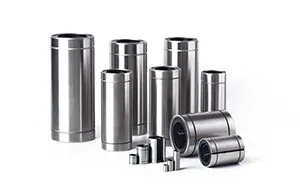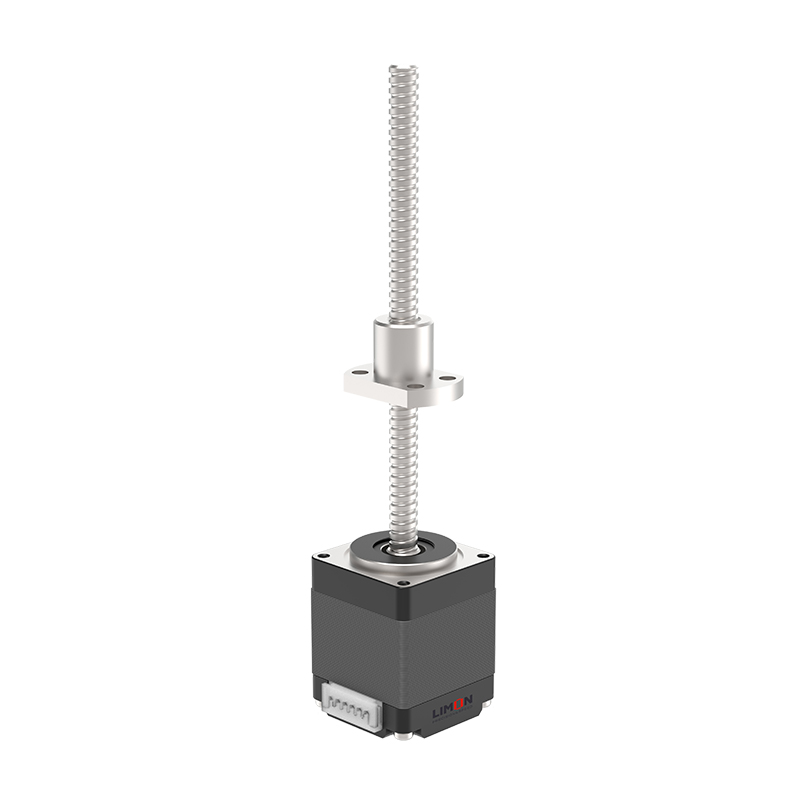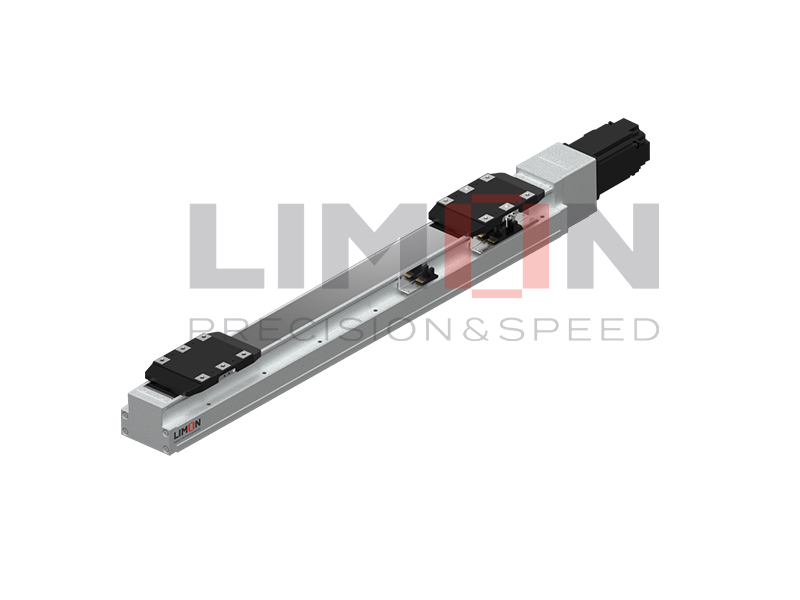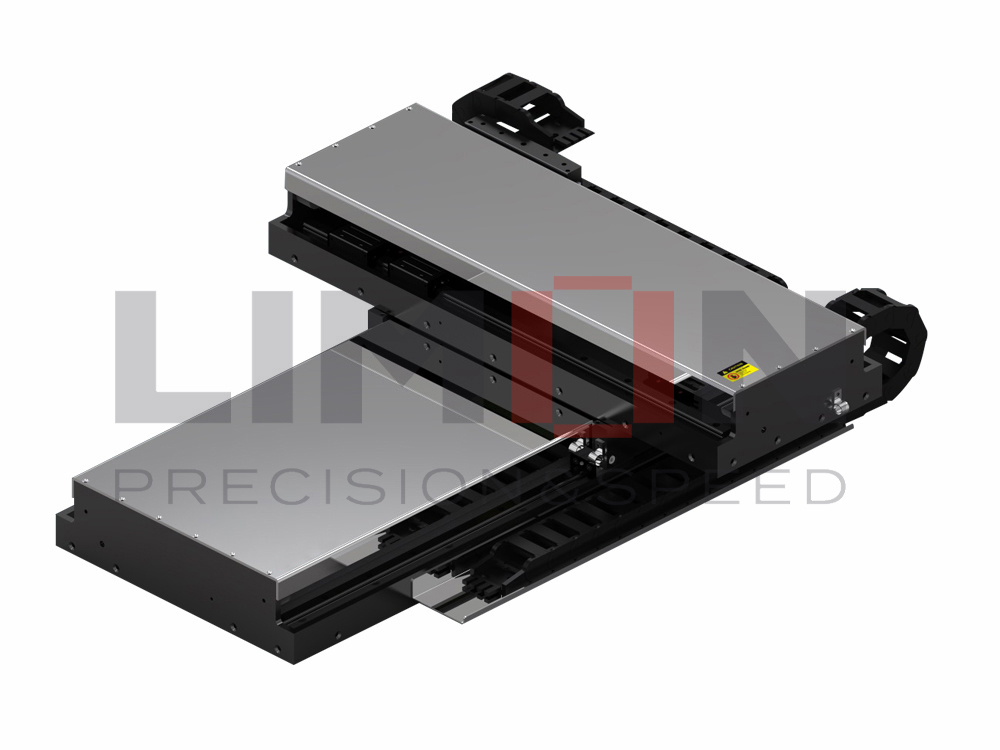Productivity loss, machine downtime, and unexpected maintenance drive up costs—and linear bearing slides are often overlooked culprits. Understanding their pros and cons can help businesses optimize performance and ROI.
Linear bearing slides offer low-friction, high-precision linear motion suited for automation, assembly, and CNC applications, but require careful selection, alignment, and maintenance to maximize reliability and cost-effectiveness.
Continue reading to explore design, types, advantages, disadvantages, maintenance needs, and application fit.
Design of Linear Bearing Slides
Linear bearing slides consist of a moving carriage that travels along fixed guide rails. The core design elements include:
-
Rails: Typically hardened steel, ground or profiled, forming accurate paths for movement.
-
Carriages: Housings containing multiple rolling elements (balls, rollers) that glide along the rail.
-
Cage or Retainer: Keeps rolling elements evenly spaced, reducing rattling.
-
Seals/Caps: Retain lubricant and exclude debris.
-
Fastening Holes & Mounts: Facilitate integration into various machine frames.
This design balances:
-
Low friction: Point or line contact allows smooth motion with minimal resistance.
-
High stiffness: Compact, rigid assemblies resist bending and torsional loads.
-
Repeatability: Micron-level positioning makes them ideal for precision systems.
Design considerations include rail profile shape, carriage preload level, rail hardness, lubrication type, and sealing method. Engineers tailor Linear Bearing Slides to match load, speed, environment, and accuracy requirements of their application.
Types of Linear Slides
Several types of linear bearing slides cater to different performance needs and environments:
-
Ball Bearing Slides
-
Use recirculating ball bearings for low friction and moderate load.
-
Ideal for office equipment, light automation.
-
-
Roller Bearing Slides
-
Utilize cylindrical rollers, offering higher load capacity and rigidity.
-
Common in saw tables, factory automation.
-
-
Profile Rail Systems
-
Two-piece systems with ground steel rails and carriages with recirculating balls/rollers.
-
Offer high precision and stiffness for CNC machines.
-
-
Round Shaft & Linear Bushing Slides
-
Use round shafts and sleeve-type bearings or ball bushings.
-
Economical and compact, suitable for 3D printers or light actuator use.
-
-
Cross-Roller Slides
-
Contain alternating rollers on orthogonal axes for rigidity.
-
Used in index tables and optical positioning systems.
-
-
Hybrid Slides
-
Combine elements like ball bearings with damped seals or special surface coatings.
-
Choosing the right Linear Bearing Slides type depends on required load capacity, travel accuracy, rigidity, speed, longevity, and environmental conditions.
Comparison Table: Types of Linear Bearing Slides
| Slide Type | Load Capacity | Precision | Friction | Typical Applications | Remarks |
|---|---|---|---|---|---|
| Ball Bearing Slides | Low–Medium | Moderate | Very Low | Office equipment, 3D printers | Affordable, sensitive to dirt |
| Roller Bearing Slides | High | Moderate | Low | Saw tables, transport axes | High stiffness, durable under heavy load |
| Profile Rail Slides | High | High | Low | CNC machines, robotics, laser systems | Most precise; requires accurate alignment |
| Round Shaft Slides | Medium | Moderate | Low | Light automation, printing equipment | Compact, good for tight spaces |
| Cross-Roller Slides | Medium–High | Very High | Low | Optical positioning, metrology | Excellent repeatability, high cost |
| Hybrid Slides | Varies | Varies | Varies | Custom machinery | Combines advantages of multiple designs |
Common Applications for Linear Bearing Slides
Linear bearing slides are ubiquitous in automation and precision motion platforms:
-
CNC machinery and machine tools: Enable precise tool paths with minimal deflection.
-
Pick-and-place equipment: Facilitate smooth, repeatable motion in electronics assembly.
-
Laboratory and medical automation: Use ultra-clean, high-precision slides in diagnostic equipment.
-
3D printers and plotters: Provide rigid, accurate X-Y motion.
-
Packaging and material handling: Support conveyor actuators under high cycle rates.
-
Semiconductor wafer handling: Require micron-level repeatability with minimal vibration.
-
Optical tables and measuring systems: Use cross-roller or profile rail slides for high stability.
Across industries, Linear Bearing Slides reduce friction, improve precision, and support high-cycle reliability—when matched to correct specifications.
Benefits of Linear Bearing Slides
The advantages of choosing linear bearing slides include:
-
Low friction and power consumption: Rolling elements significantly reduce friction.
-
High load-bearing capacity: Capable of supporting heavy vertical or horizontal loads depending on slide type.
-
Precision and repeatability: Micron-level positioning accuracy vital for metrology and CNC applications.
-
Long life expectancy: Hardened rails, sealed carriages, and proper lubrication lead to high durability.
-
Modularity and interchangeability: Standardized profiles simplify machine integration and replacement.
-
Ease of linear motion: No complex mechanics; integrate with standard linear actuators or motor systems.
-
Versatility: Available in various sizes and materials (stainless, black oxide, coated) for different environments.
When properly selected and maintained, Linear Bearing Slides deliver outstanding motion performance while keeping operational costs manageable.
Cons of Linear Bearing Slides
Despite their benefits, linear bearing slides have drawbacks:
-
Cost: High-quality slides can be expensive upfront compared to simple plain bearings.
-
Contamination sensitivity: Rolling elements wear prematurely in dirty or abrasive environments.
-
Alignment demands: Precise, parallel mounting is essential; misalignment causes binding and uneven wear.
-
Maintenance requirements: Require periodic lubrication, seal checks, and sometimes dust wipers replacements.
-
Noise and vibration: Ball rides over raceway imperfections; may produce noise under cantilever loads.
-
Preload vs. wear tradeoff: Higher preload improves stiffness but shortens lifespan in dust-prone settings.
In some open industrial environments, self-lubricating plain bushings or recirculating-ball screw assemblies might offer better cost-benefit and lower maintenance.
Common Maintenance for Linear Bearing Slides
To ensure longevity and reliability of linear bearing slides, adopt proactive maintenance routines:
-
Regular lubrication: Apply grease or oil per manufacturer intervals—typically at initial break-in and after every 2000–5000 cycles.
-
Seal and wiper inspection: Replace damaged seals to keep contaminants out.
-
Alignment checks: Periodically assess rail parallelism and flatness to prevent uneven wear.
-
Wear monitoring: Track carriage backlash or an increase in drive torque; these are early signs of component wear.
-
Cleaning: Gently wipe exposed rails with lint-free cloth after routine usage—avoiding solvents that damage seals.
-
Environment controls: Use bellows, protective covers, or air purging in dusty or machining environments.
Proper maintenance programs significantly extend service life and avoid unplanned production downtime associated with damaged Linear Bearing Slides.
Summary
Linear bearing slides offer high precision, low friction motion—but demand careful alignment, maintenance, and environment control to deliver long-term ROI.For further questions please contact [email protected]





